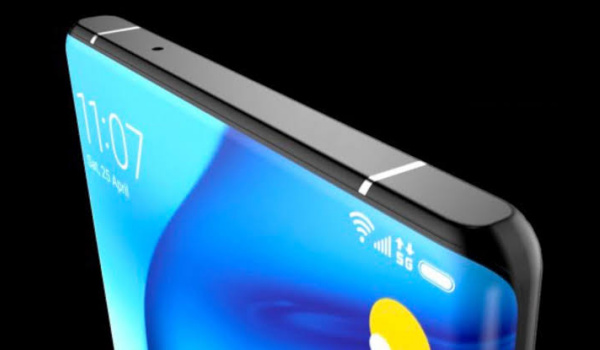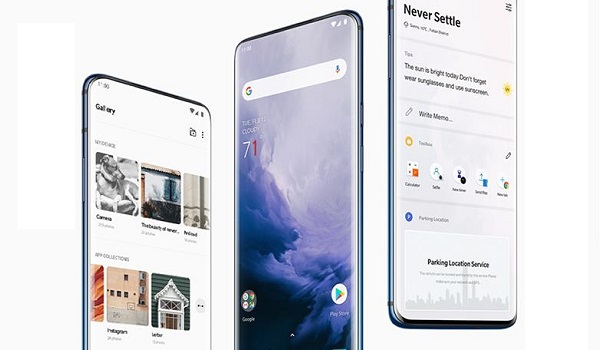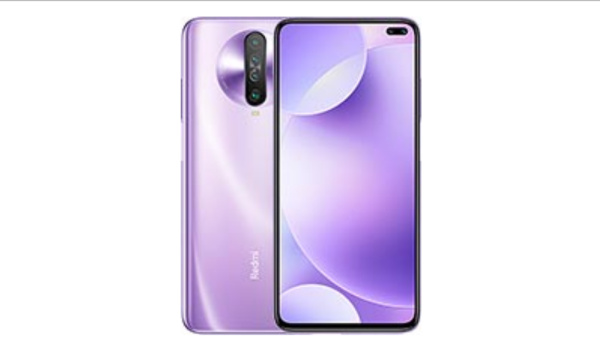We have seen mobile manufacturers focus on improving phone cameras and fast charge technologies. We have now stepped into the age of improving cell phone screen technology, and consequently, a deluge of high refresh rate displays in smartphones.
If you follow news in the smartphone industry, you will have seen news of one new phone with a 90Hz or 120Hz refresh rates. There is even an elite group of smartphones with 144Hz rate. What is refresh rate in mobile? If you have wanted to fully understand what it is all about, I’m here to break it down for you in easy to understand language.

Table of Contents
What is refresh rate in mobile display?
All electronic displays are able to show video content by updating the images on the screen. So this is applicable not just to smartphones but also TV screens and PC screens. The refreshing is a vertical scan of the display, and so it is sometimes also referred to as the vertical scan rate.
Refresh rate is the number of times your phone screen (or any electronic monitor or display) updates with new images each second. For example, a 60 Hz display means the screen or monitor updates 60 times per second, while 90 Hz means the display or monitor updates 90 times per second. A higher rate results in a smoother picture.
FPS (frames per second) is the measure of how often a video file or video game displays frames. Standard movies are recorded and play at 24fps, while video games are usually locked to 30fps or 60fps. As video cameras have improved though, it becomes possible to record videos and design games that play at high frame rates.
The challenge then is that screen refresh rates and video frame rates need to be in sync to enjoy the experience without artefacts like screen tearing. As such, 120 fps video may not be properly displayed on a screen with 60 Hz refresh rate without some form of conversion happening in the background.
What is the standard refresh or vertical scan rate?
As of today, the standard refresh rate on modern smartphones is 60 Hz. Which is why you almost never hear it mentioned. Manufacturers tend to mention the figure only when it is higher than the common standard. 60Hz is the standard, and anything more than that is called a high refresh rate.
So you hear of new cell phones that have 90 Hz, 120, and 144 Hz displays, because, all other things being equal, they are better. They are smoother in use, especially during screen scrolling, video playback, and game play.
Are high refresh rate phone screens always better?
Are displays that support 90 Hz, 120Hz, 144 Hz always better than 60 Hz screens? Not at all. That a cell phone screen has a higher rate does not mean it is better than one with a lower figure. There are other factors that contribute to the quality of a screen.
One easy example is the screen resolution. It is usually stated like this: 1080x 2340 pixels. Another is the screen size, usually stated in inches e.g. 6.5 inches. Another factor is whether it is an LCD display or an AMOLED display, or any one of their variations.
All of the above factors, along with refresh rate, determine how good each phone screen is. We have seen cases where a 120Hz phone screen is disappointing. But if you are a smartphone gamer, smartphones with higher rates will be more appealing to the eyes during gameplay.
Are there any disadvantages of high refresh rates?
As with all things good, high refresh rates often come at a cost to power consumption. Gaming and video playback on your phone will look smoother, but your phone’s battery will die faster, as the screen does more work.
What is display refresh rate switching?
Some phones are configured so that the screen can switch between different refresh/vertical scan rates as needed. For example, it may stay on 60Hz for normal tasks like reading, and then automatically switch to a higher rate for YouTube videos and gaming.
How to change display refresh rate

If you will like to change the refresh rate of your smartphone’s screen, you will find it under your phone settings. Look for the “Display” menu item (the name may differ slightly from one brand to another). The options to switch the rate will be found there.
Do you need a high refresh rate phone?
Most of the video content and games out there today are encoded at a maximum of 60 FPS and so, screens with 60 Hz rates handle them just fine. Most YouTube video, for example, are recorded and played back at 30/60fps.
As such, you do not really need a smartphone with a high refresh rate unless you are an avid gamer. If you do get one, there is usually a setting to peg the maximum rate to something lower, should you need to.
90Hz high refresh rate phones

- Realme 6
- Realme 6i
- Realme 6 Pro
- Realme 7
- Realme X2 Pro
- Realme X50 Pro 5G
- OnePlus 7 Pro
- OnePlus 7T
- OnePlus 7T Pro
- OnePlus 7T Pro 5G McLaren Edition
- OnePlus 8
- Pixel 4
- Pixel 4 XL
- Pixel 4a
- Pixel 4a 5G
- Pixel 5
- Huawei P40
- Huawei P40 Pro
- Huawei P40 Pro Plus
- Honor 30 Pro+
- Xiaomi Mi 10 Pro 5G
- Xiaomi Mi 10 5G
- Black Shark 3
- Black Shark 3 Pro
- OPPO Reno Ace
- OPPO Ace 2
- OPPO A53 2020
- OPPO Reno 3 Pro 5G
- OPPO Reno 4
- OPPO Reno 4 Pro
- Asus ROG Phone I
- Asus Zenfone 7
- Asus Zenfone 7 Pro
- Nubia Red Magic 3
- Nubia Red Magic 3s
- Motorola Edge
- Motorola Edge+ 5G
- Motorola One 5G
120Hz refresh rate phones
Find below a list of cell phones with 120Hz refresh rate.

- Samsung Galaxy S20
- Samsung Galaxy S20 Plus
- Samsung Galaxy S20 Ultra 5G
- Samsung Galaxy Note 20 Ultra
- Samsung Galaxy S20 FE
- OnePlus 8 Pro
- Poco X2
- Poco X3
- Realme X3
- Realme X3 SuperZoom
- Apple iPad Pro 10.5″
- Apple iPad Pro 12.9″
- Asus ROG Phone II
- OPPO Find X2
- OPPO Find X2 Pro
- OPPO A92s
- Realme X50 5G
- Razer Phone 1
- Razer Phone 2
- Redmi K30
- Redmi K30 5G
- Sharp Aquos R3
- Sharp Aquos R2 Compact
- Lenovo Z6
- Realme X50M 5G
144 Hz refresh rate phones

- Lenovo Legion Phone Duel
- Asus ROG Phone 3
- iQOO Neo 3 5G
- iQOO Z1 5G
- Nubia RedMagic 5G
- Nubia Play 5G
Cell phone technology keeps advancing new frontiers and bringing new innovations. Newer phones with high rate screens are released every other day, and over time, we will see phone screens that go beyond 144 Hz refresh/vertical scan rate.
Related: The Best All-in-One Gaming Monitors with High Refresh Rates in 2024.
Wow now I understand what all phone refresh rate gimmicks is all about I need a higher rate…Thenks mr Moe.
I still have a question tho… With a mid range chipset say 720/730g and or mtk g90t that have just above average GPU,
thosedoes having higher refresh rate improve gameplay?Using a 720g and the gameplay fails in comparison with wait for it iPhone 6s, hence my question
Ehis,
There are games that are designed to run at higher frames per second, say 90 fps. You need a smartphone with a refresh rate that matches the requirements of those games. That would be a phone with a 90 Hz display.
For example, Pixel 4a uses a mid-range Snapdragon 730G chipset and has a 90Hz display. Games that play at 90 FPS will run really smoothly on it. Yes; you will experience improved gameplay on such a phone.
Arrgh… Na who first buy car buy old model..
So despite 720g being slightly >> 730g in comparisons and benchmarks, 4a will game better cos of 90hz.. not fair!!